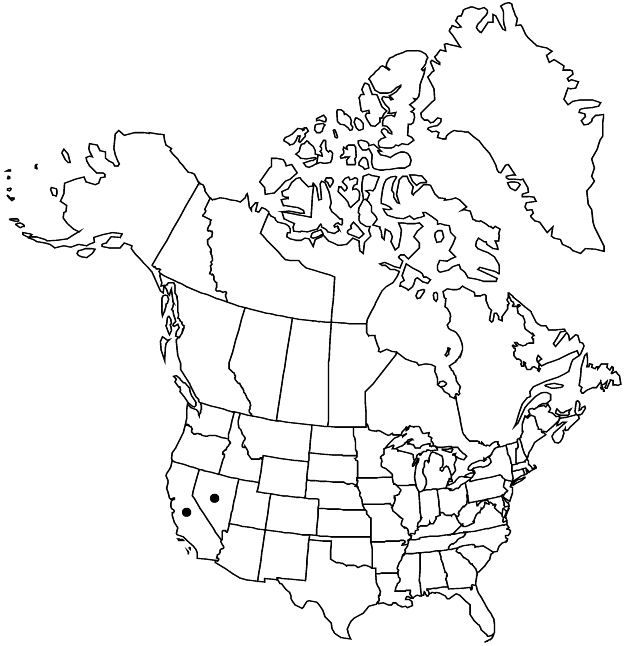Sidalcea oregana subsp. hydrophila
Perenn. Sp. Sidalcea, 67. 1957.
Plants 0.3–0.9 m, with thick, woody taproot and caudex, sometimes forming small patches or colonies. Stems decumbent-based, often rooting, branched or not, solid or hollow near base in age, usually to 5 mm diam. near base, base stellate-bristly or hirsute, bristle hairs 2 mm. Leaves: stipules linear or lanceolate, 4–6 (–9) × 0.5–1 mm; petioles of basal leaves (5–) 10–20 (–30) cm, 3–4+ times as long as blade, reduced distally and distalmost leaves longer than mature inflorescence; bracts linear, undivided, 4–6 mm, sometimes longer than young flower buds, much longer than pedicels, shorter than calyx. Pedicels 1–2 mm. Flowers bisexual, sometimes also unisexual and pistillate, plants gynodioecious; calyx 6–8 mm, stellate-puberulent, not bristly; petals bright pink, 8–12 mm; staminal column 4–6 mm, hairy; anthers white; stigmas 7–9. Schizocarps 4–5 mm diam.; mericarps 7–9, 2–2.5 mm, usually glabrous or sparsely glandularpuberulent on back, smooth, mucro 0.3 mm. Seeds 1.5–2 mm. 2n = 20.
Phenology: Flowering Jul–Sep.
Habitat: Wet soil of stream banks, seeps, meadows
Elevation: 1100–2300 m
Discussion
Of conservation concern.
Subspecies hydrophila is generally recognized by its few-flowered, compact, terminal, headlike spikes in branched inflorescences; its long bristles on the proximal stems; and its high wet mountain-meadow habitat. It intergrades somewhat with subsp. spicata. Similar plants, possibly referable to subsp. hydrophila, have been found near Spooner Lake in Douglas County, Nevada. Subspecies valida also has compact spicate inflorescences, but it can be distinguished by its longer spikes, greater flower number, thicker stems with stellate hairs, and marshy habitat at lower elevations. Subspecies hydrophila occurs in the high and inner North Coast Ranges in Colusa, Glenn, Lake, Mendocino, and Napa counties, California, and possibly in Douglas County, Nevada.
Selected References
None.
Lower Taxa
"elongating" is not a number."-4+timesaslongasblade" is not declared as a valid unit of measurement for this property."elongated" is not a number.
